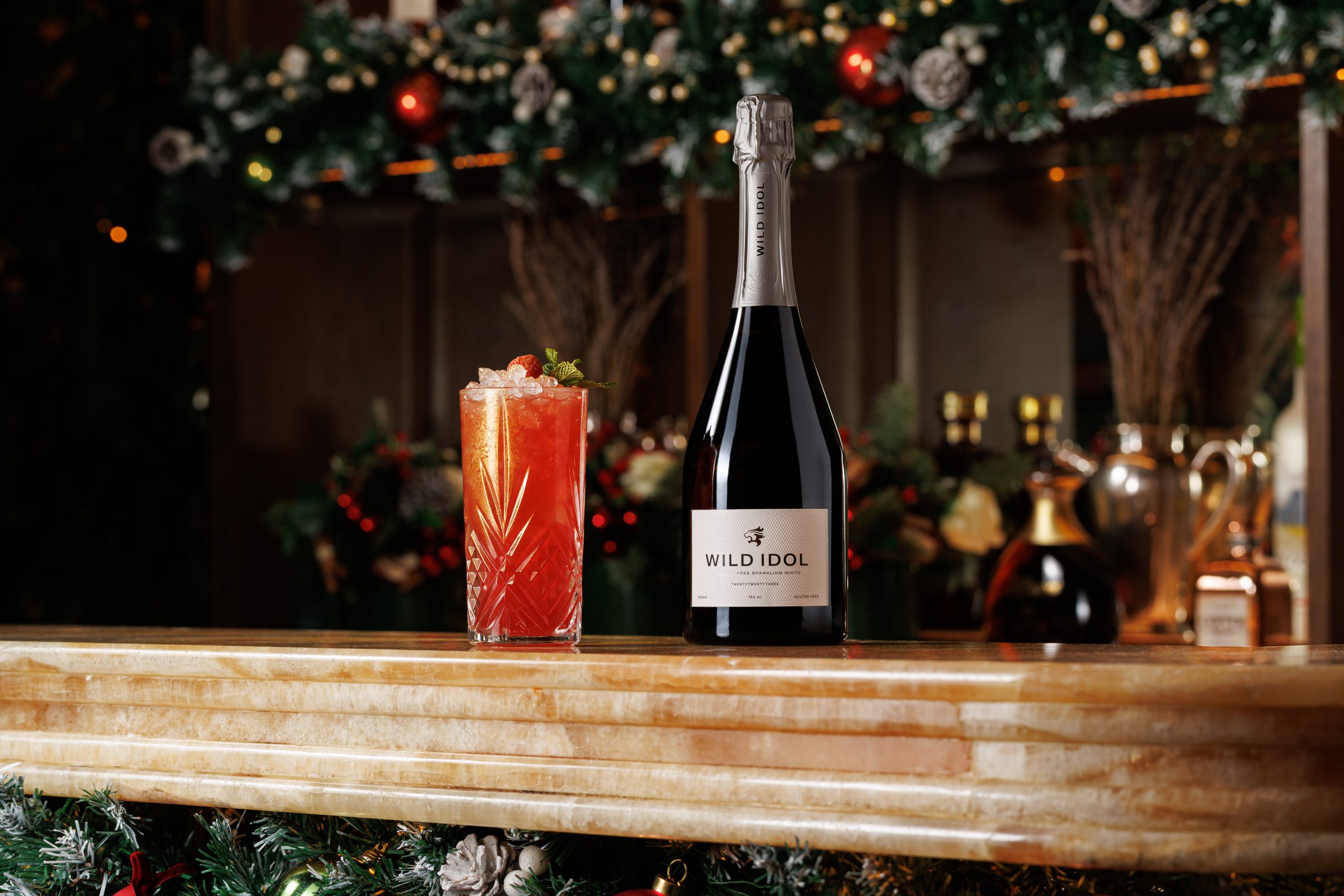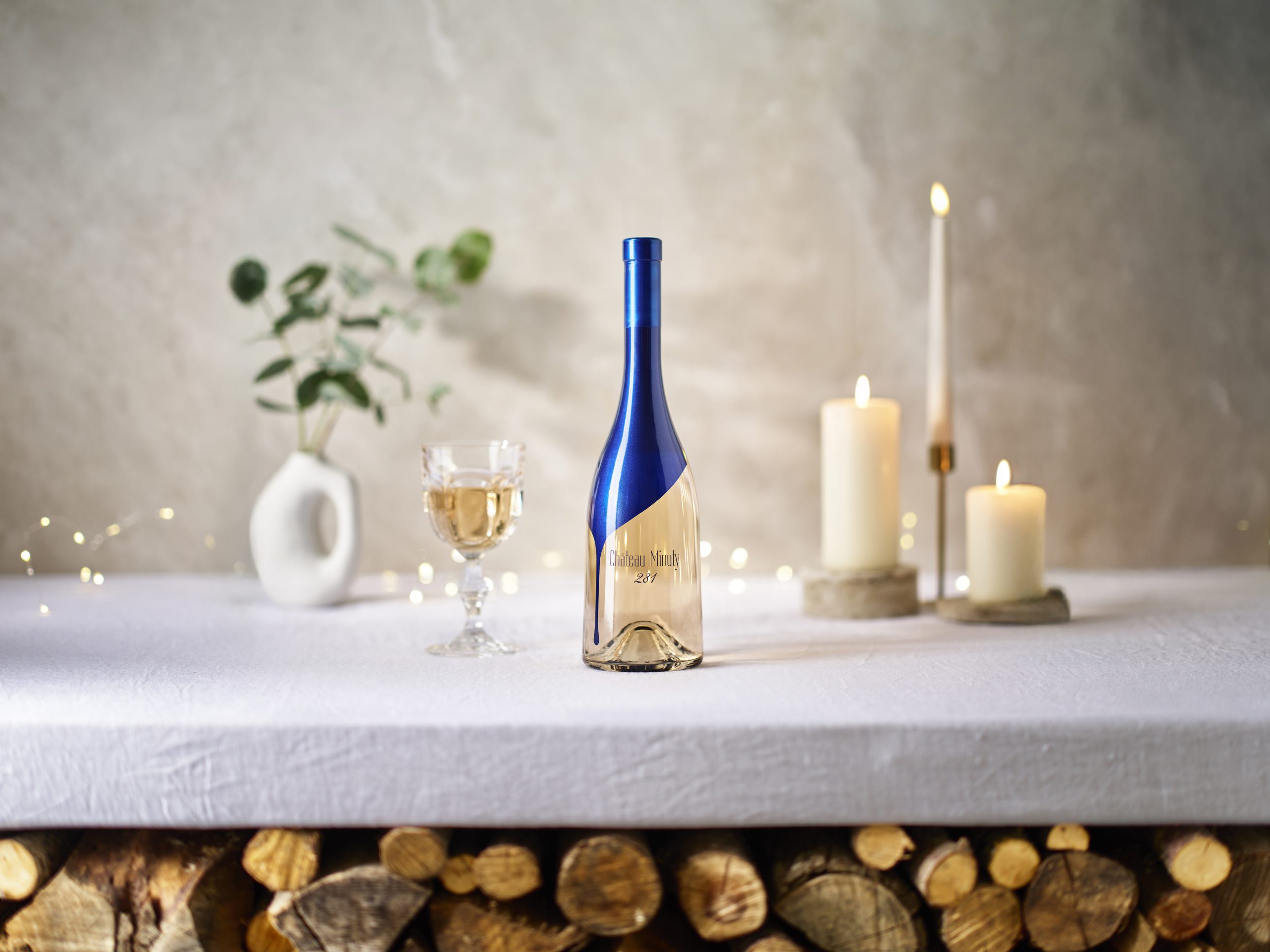Christmas Fizzer
Champagne’s runaway success has produced a record-breaking crop of recommendations of wines above £7
OH TO be a Champagne producer. While the rest of the French wine industry suffers a winter of discontent, the residents of Epernay and Reims can celebrate another year of growth in the UK market.
And never is this domination more apparent than in the run-up to the biggest wine consumption day of the year, December 25th. For a product that only a few years ago was seen as so exclusive as to be inaccessible, consumer perceptions of Champagne have undergone a volte face.
The extent of the dominance can be seen from the volume and broad spread of Champagne recommendations in December’s wine columns. The Champagne factor helped push the In The Press analysis to a new record: 78% of mentions in December were for wines costing more than £7 at retail, up from 72% in December 2003 (the previous record holder), and compared with a 13 month average of 54% (see chart, facing page).
Similarly, the share of voice devoted to France during December once again hit 50%, matching December 03, and well ahead of the country’s average of about one-third. What’s caused this Champagne bubble to get so big? Supermarket promotions? Greater wealth in the economy?
The "bling" factor? While the official sales figures won’t be available for another few weeks, the anecdotal evidence is of boosted sales of Champagne throughout the major multiples. Promotions, occasionally of the deep-discount variety, have been in evidence but merchandisers are claiming there were less than in the run-up to Christmas 2003.
The "greater wealth" explanation falls down the moment you look at the tone and substance of the Christmas trading statements issued by publicly-listed retailers. Interest-rate rises would appear to have caused a significant slowdown in consumer spending.
So what of the "bling" factor? While the conspicuous display of certain well-known clothing labels has become a trait most associated with the new underclass, or "Chavs", mainstream consumers are still strongly attracted to what marketing gurus describe as luxury brand "experiences".
These are not BMWs or jewellery; instead they are a day at the Sanctuary, foie gras from Harrods, or dinner at Quaglino’s. Champagne falls squarely into this latter category.
Partner Content
There is also some helpful depth to the relationship between On the move newspapers which run a regular wine column. These are: Daily Mail/Mail on Sunday, Financial Times, Daily/Sunday Express, Daily/Sunday Telegraph, Times/Sunday Times, Independent/ Independent on Sunday, Guardian/Observer plus the Evening Standard.
Four attributes are recorded when a wine is mentioned: its quoted recommended retail price, its country of origin, its availability in named retailers, and which newspaper recommended it. Thus, when on April 28, 2002, Giles Kime, writing in the Sunday Telegraph, recommended Capel Vale Semillon 2000, priced at £5.99 and available from Sainsbury’s, we scored one each in [Australia], [Sainsbury’s], [£5-£6.99] and [Sunday Telegraph].
Then, to make the data less volatile and more meaningful, counts are transformed into percentages of all the wines mentioned. Thus, if there were 100 wines recommended in February, and 30 of these wines were French, then France would score 30%.
The current month’s data is then compared with a long-run average. For subscription details consumers and Champagne. In a groundbreaking piece of research two years ago, Wine Intelligence gave 50 people the task of keeping a diary of their experiences with Champagne.
The results indicated that many Champagne drinkers had a very personal and longstanding relationship with their favourite brand(s). In addition, they showed that these brands were bought and consumed for two reasons: consuming the Champagne made that person feel good about themselves; and it showed to others that they were cultured and well-off.
But the way Champagne has marketed itself over the past few years is clearly another major factor. It has assiduously courted the influencers (be they journalists, sommeliers or supermarket buyers), and has been canny with its PR.
Most significant of all, its key brand owners have not been afraid to drop a serious amount of money on above-the-line marketing. The bottom line here is that the fizzy stuff will continue to dominate the wine columns as long as it maintains this relationship with both trade and consumer.




